WEEK 06 - 3D Scanning and Printing
Dario Bernabini, Tommaso Lombardi, Giada Allocca, Antonio Garosi, Giuseppe Allocca, Eleonora Piccinelli
Index
To test our 3d printer we searched on Thingiverse a model that had more parameters to be tested at the same time and we found this

-->Changing Material
We used 3 different types of PLA: wine red, white and green
-->Cleaning the Build Plate
After removing the build plate from his right placement, we cleaned it using:
We downloaded, installed and opened Cura, a free software for 3D printing. From here, we opened the downloaded STL file for setting up values for 3D printing. And than, following some setting suggestions founded in the file's description in Thingverse, we used these settings:
QualityLayer Height - 0.1 mm
ShellWall Thickness - 0.8 mm
Top/Bottom Thickness - 0.8 mm
InfillInfill Density - 30%
Infill Pattern - Lines
MaterialEnable Retraction YES
SupportGenerate Support - NO
Build Plate AdhesionBuild Plate Adhesion Type - Raft
Raft Extra Margin - 10 mm
Raft Smoothing - 5 mm
The extimated time for print this object was 2h 16min

At the end, we clicked on Save to File naming it Test.gcode and we copied it inside an SD card. You can download it from here.
Quality
Shell
Infill
Material
Support
Build Plate Adhesion
The extimated time for print this object was 2h 16min


At the end, we clicked on Save to File naming it Test.gcode and we copied it inside an SD card. You can download it from here.
We inserted the SD card inside the Ultimaker 2 printer and we pressed the ON/OFF button in the back.
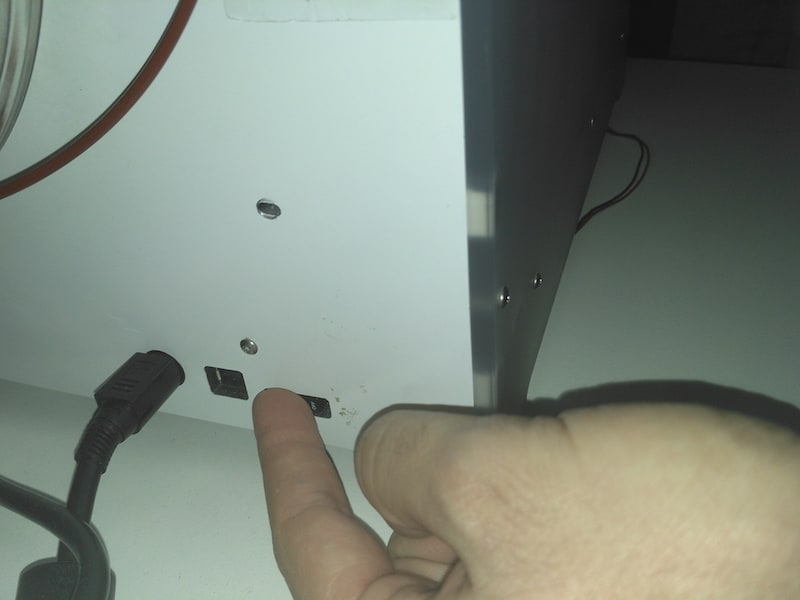
At this step we sprinkled some hairspray on the plate: this is useful to ensure that the material adheres better to the plate.
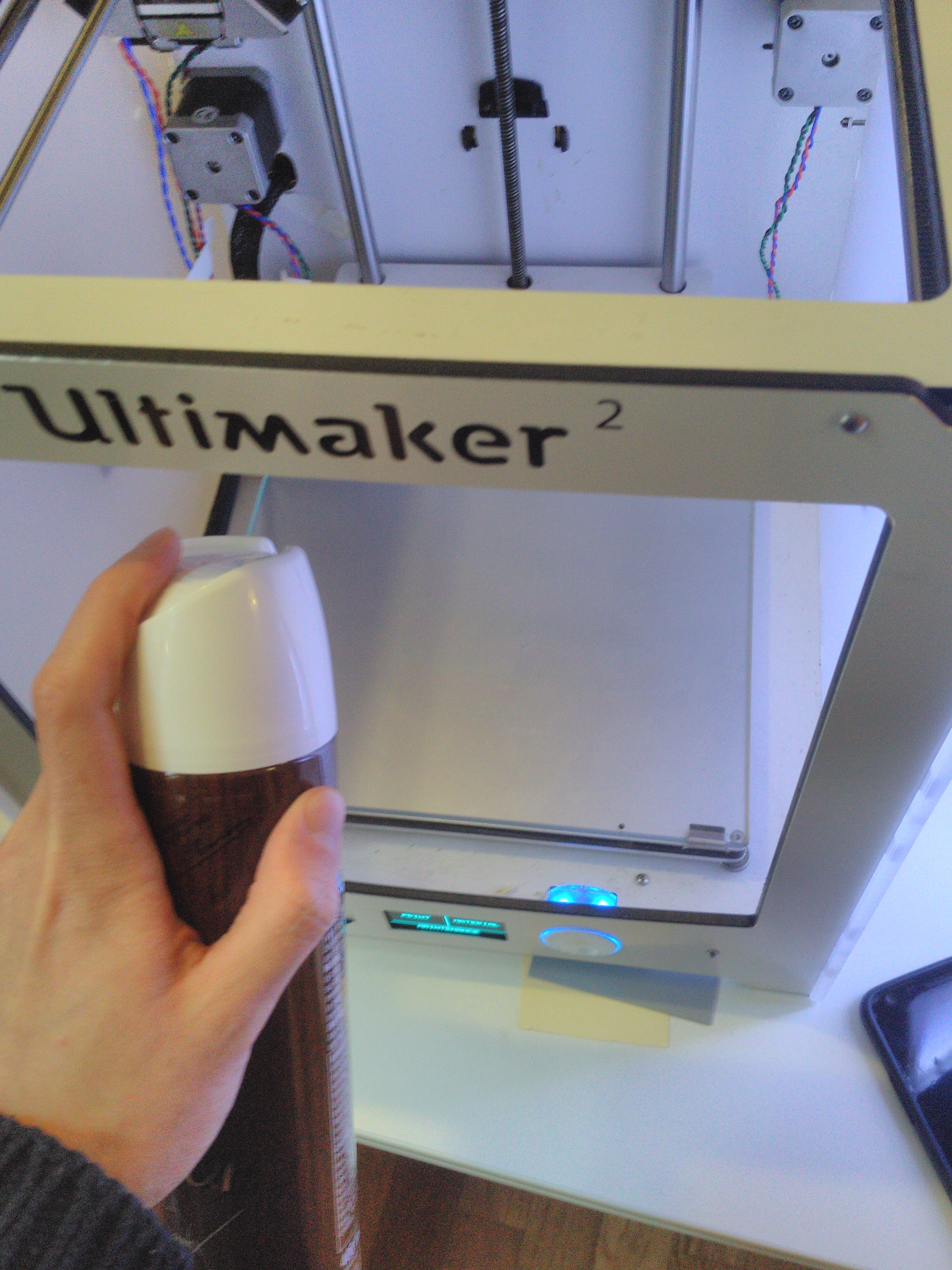
And only after around 30 seconds We selected Print from the menu. Than we searched our file and we confirmed it pressing the button.

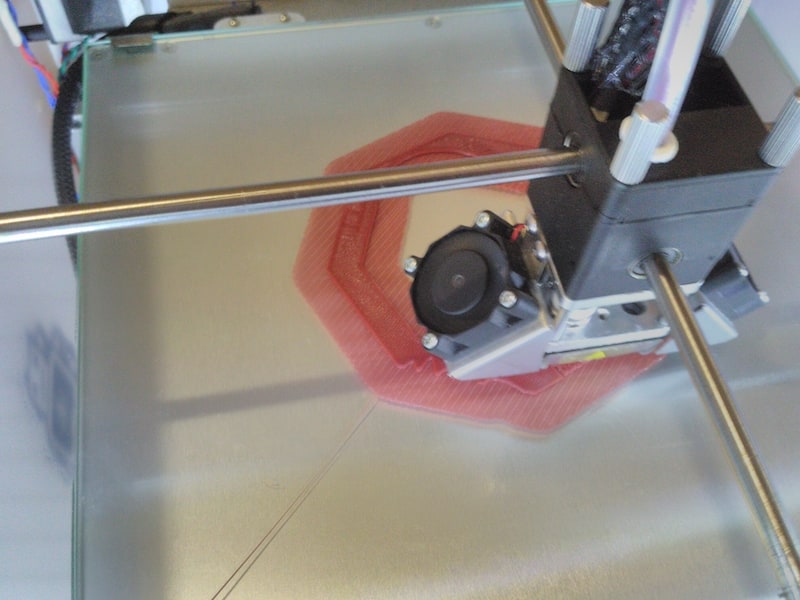
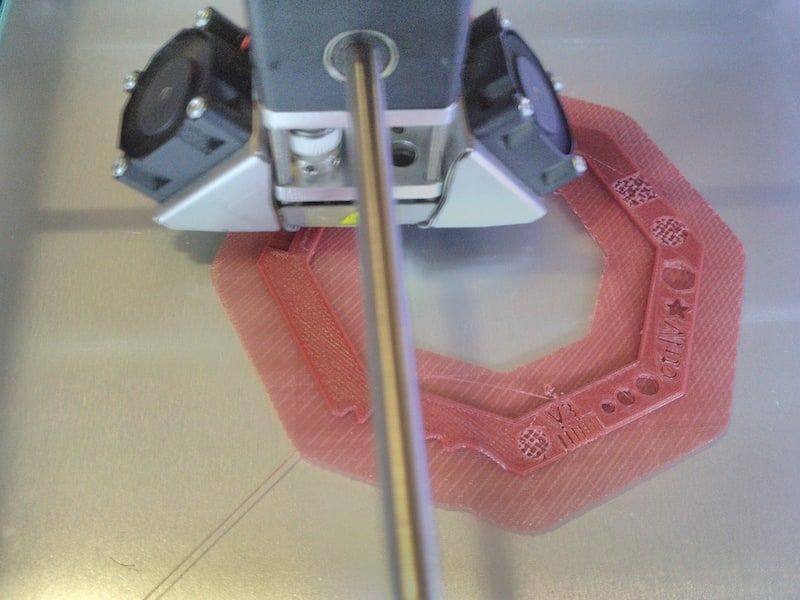

At this step we sprinkled some hairspray on the plate: this is useful to ensure that the material adheres better to the plate.

And only after around 30 seconds We selected Print from the menu. Than we searched our file and we confirmed it pressing the button.



We repeated the test with three different materials and using print parameters for the White material we used lower quality parameters while the green one we used higher quality parameters
.jpeg)
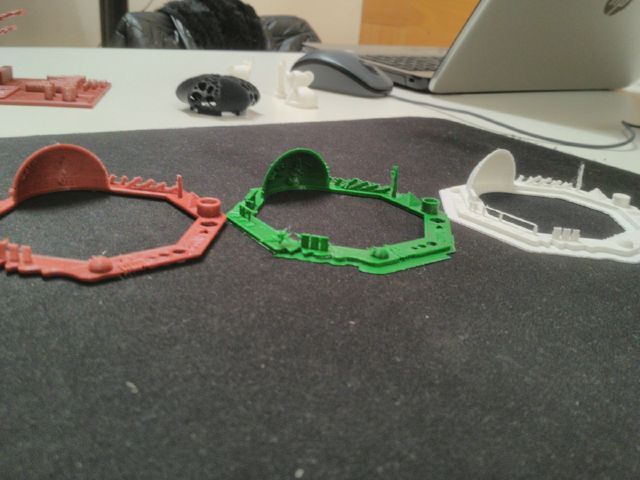
We came to the concluded that the quality of the material is very important, because the prints made with new PLA (the white one) are significantly better than the other although the parameters that we used are for a lower quality, while with the old PLA (wine red and green) was low despite fine print quality parameters